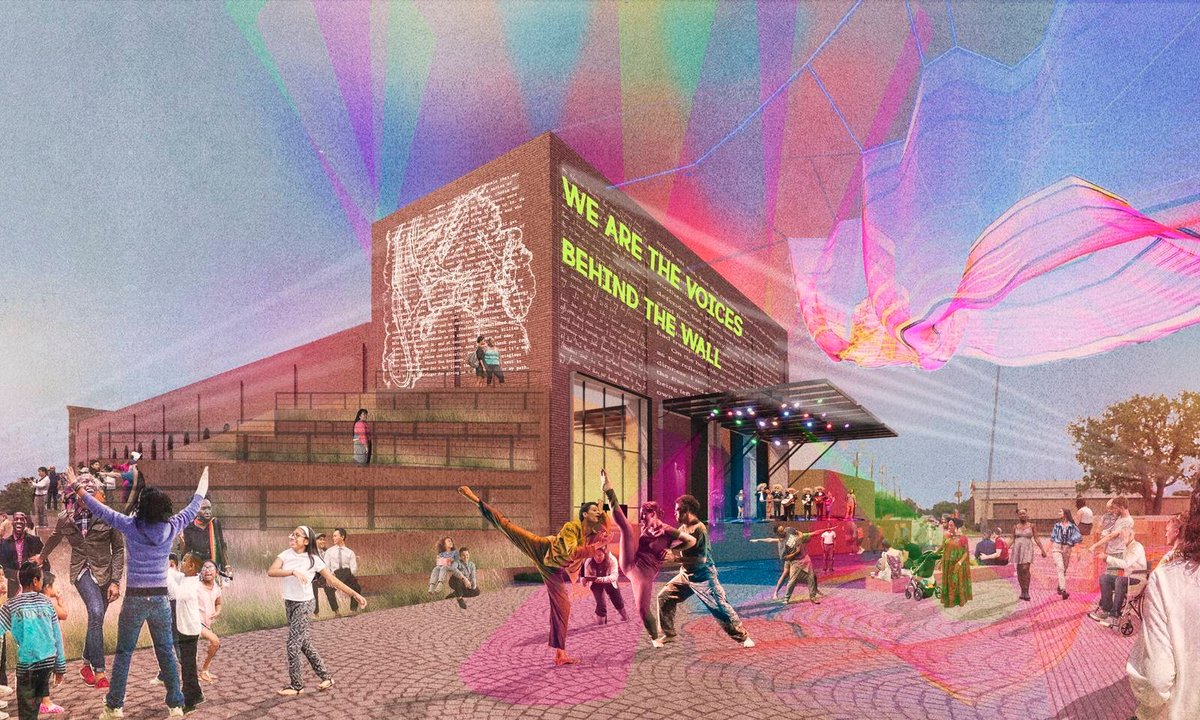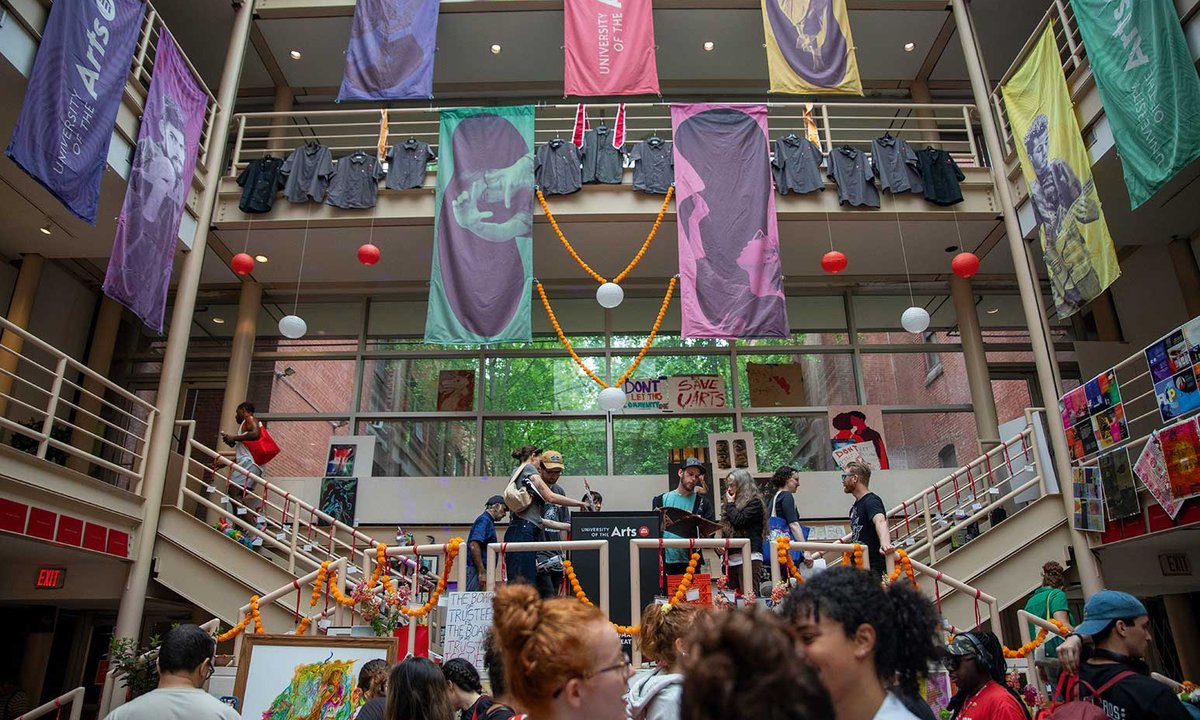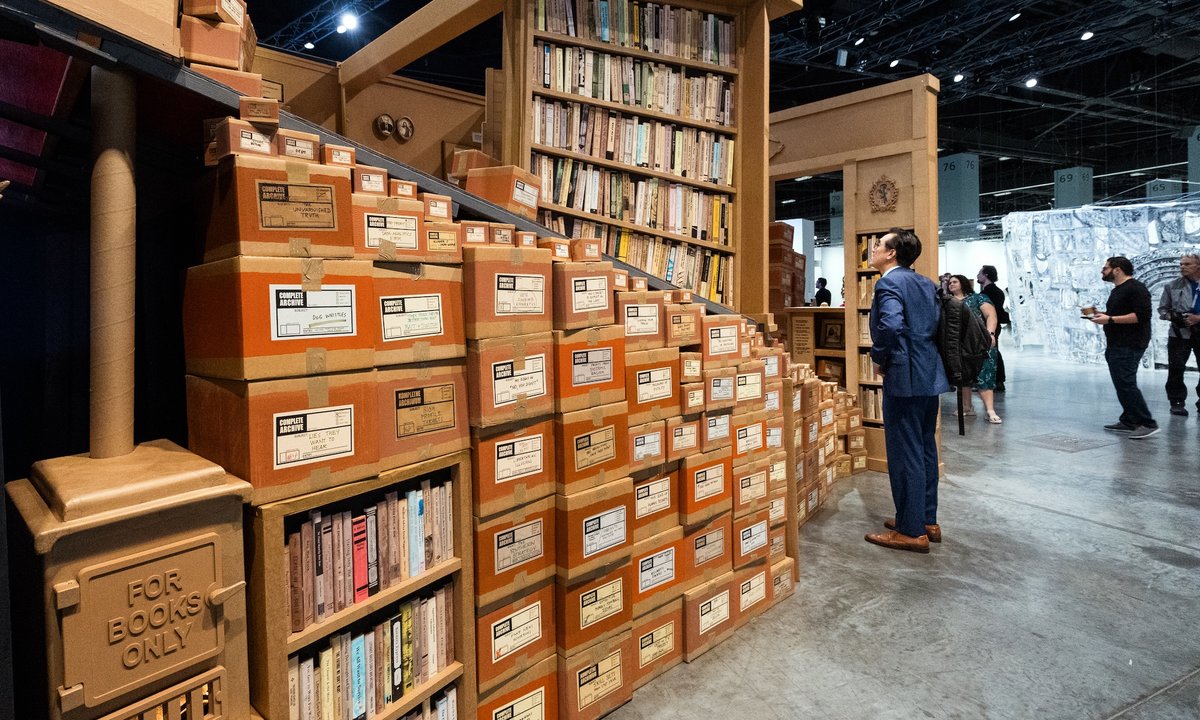Nearly a century after it was built as a meeting space for the Ku Klux Klan, a building in Fort Worth, Texas, is undergoing an ambitious renovation to become a cultural centre with a vision of social justice. The Fred Rouse Center for Arts and Community Healing will house spaces for activities including performances, exhibitions, workshops and community meetings, as well as an artist residency and resource centre for LGBTQ youth. As its name suggests, its founders envision it as a place that will not only inspire but also carry reparative power.
The nonprofit behind the ambitious project is Transform 1012, a coalition of eight local organisations that acquired the building in 2021. Already several years in the making, the centre is now entering a new phase of robust fundraising and construction, which is planned to begin in early 2023. A key development came at the end of September with the announcement of Transform 1012’s first executive director, Carlos Gonzalez-Jaime. Born and raised in Mexico, and now based in Dallas, Gonzalez-Jaime worked for many years in the corporate world, building his career at Hewlett-Packard. He later became the founding director of Latino Arts Project, an organisation that promotes Latin American art, and more recently, outreach director of Americas Research Network. (He and his husband Agustín Arteaga, the director of the Dallas Museum of Art, also have a small art collection heavy in modern and contemporary Latin American works.)
Transform 1012’s focus on social impact, as well as his love of art, is what drew Gonzalez-Jaime to the job. “I believe this project is going to change the lives of many people,” he says. “It repurposes a building that was first made to cause terror among a lot of communities to make it a safe space, a space of beauty and reconciliation. It’s such a unique opportunity. I fell in love with the project.”
Carlos Gonzalez-Jaime, executive director of the Fred Rouse Center for Arts and Community Healing Photo by Allison V. Smith. Courtesy of Transform 1012 N. Main Street.
The centre is named for Fred Rouse, a Black, nonunion butcher who in 1921 was lynched by a white mob following an altercation at a Fort Worth meatpacking plant, where workers on strike attacked him for crossing the picket line. According to the report in the Dallas Morning News, “a party of 30 unmasked men” took Rouse from his hospital bed; his body was found hanging from a tree about a mile north of the city.
Three years later, members of the Ku Klux Klan built an auditorium at 1012 North Main Street, where it was unmissable to the white supremacist group’s targets, including Black, Latino and immigrant residents. The building burnt down that year but was quickly rebuilt, with a 22,000 sq. ft ground floor for Klan members to practise marches and perform minstrel shows. The Leonard Brothers department store purchased it in 1927 to use as a warehouse, after which it was used for dance marathons, then acquired by the Ellis Pecan Company, then purchased in 2004 by Sugarplum Holdings. According to Bloomberg, the building is “one of the last structures still standing that was built specifically for the clan”.
The interior of 1012 North Main Street in its current form Photo by Ken Sparks. Courtesy of Fort Worth Camera Club and Transform 1012 N. Main Street
Seeds for the Fred Rouse Center for Arts and Community Healing were planted in 2018, when Adam W. McKinney, a dancer and cofounder of Fort Worth arts organisation Dnaworks, learned about the building’s history and had an idea to turn it into a site of healing. Dnaworks teamed up with seven other local groups—the Opal Lee Foundation, LGBTQ Saves, Sol Ballet Folklórico, Tarrant County Coalition for Peace and Justice, The Welman Project, Window to Your World and 1012 Youth Council—to form Transform 1012. Rouse’s grandson, Fred Rouse III, also sits on Transform’s board. Funding for the project, which has an estimated cost of $40m, has arrived courtesy of backers like the Ford Foundation and the National Endowment for the Arts, and was boosted this June with $3m in federal funding.
Some critics have called for the building to be demolished rather than revitalised. Gonzalez-Jaime believes that creating something new within its walls is critical to addressing the country’s racism. “If we don’t have actual, tangible things that demonstrate how bad that past was, I think we are not going to be able to learn from that and construct a better future for our diverse communities,” he says. “The reason we are repurposing the building is we want to keep the story there—we want to tell the true story about the KKK movement in our community, in our city, in our state. We’re saying the truth about the building but then making it a safer space, a space for beauty, for equal justice.”
The executive director is currently focused on what he calls “a listening tour” that involves meeting with various communities in the Dallas-Fort Worth metroplex. That includes people affiliated with the coalition’s members but also residents in the immediate vicinity of the city’s Northside neighbourhood, where the Hispanic and Latino populations are fast-growing. “I have not had time to dream about what shows or performances I want in the centre,” he says. “Right now my dreams are about the construction, the fundraising, and learning from our communities, our coalition members and their constituents. I want to make sure that this building fulfils the expectations of our community.”
The exterior of 1012 North Main Street in its current state Photo by Timothy Brestowski. Courtesy of Transform 1012 N. Main Street.
Fulfilling the promise of a notion like healing may be difficult, perhaps impossible, but Gonzalez-Jaime acknowledges that a critical step is making the centre’s activities accessible to diverse groups, whether through free or heavily subsidised programmes. “Being able to use a building that was basically against you—that is part of this healing,” Gonzalez-Jaime says. “The way that we can measure it is if we are able to talk about race. To say the truth of what happened, not only in our city but in our state of Texas and in the country. If we talk about the truth, we’re going to impact not only the targeted communities, but the white communities, in understanding what’s happening. Everybody that comes in, they’re going to learn something.
“It’s not that we need to have a building to have a programme or have a conversation about race,” he adds. “We can do it now. And that’s the plan. We need to talk openly about it, look for discussion and look for common ground.”







